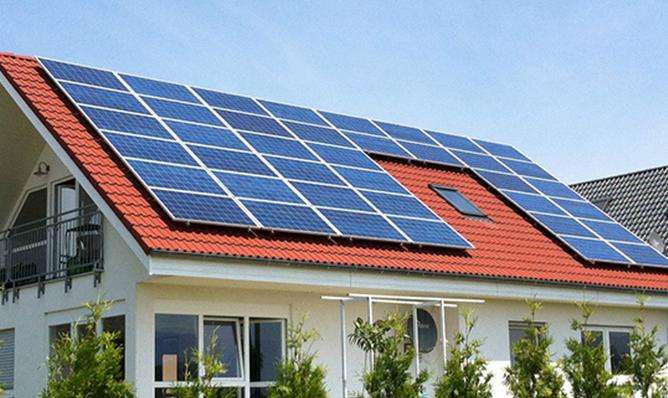Use
an inverter
, because the electricity emitted by the
solar cell panel
is direct current , and an inverter can be used. The device increases the voltage to 220 V
AC.
An inverter is an electronic device that converts low voltage direct current (12, 24, 48 volts, etc.) into 220 volt alternating current. In daily life, 220 volt alternating current is usually rectified to direct current for use. The inverter works in the opposite direction, hence the name "inverter".
The current and voltage of the solar panel
change with the intensity of
solar radiation
and the temperature of the module. solar cell Therefore, the output power will also change. In order to ensure the maximum output power, it is necessary to obtain the maximum output power from the battery panel as much as possible. The MPPT tracking function of the inverter is designed forfor this functionality.
Detailed information:
Usage note< /p>
1. DC voltage must be consistent
Each inverter has a DC voltage value, such as 12V, 24V, etc. It is necessary that the selected battery voltage be consistent with the DC input. inverter voltage. For example, a 12V inverter should choose a 12V battery.
2. The output power of the inverter should be greater than the power used by the device. Especially for appliances with high starting power, such as refrigerators and air conditioners, a larger margin should be left.
3. The positive and negative poles must be connected correctly
The DC voltage connected to the inverter is marked with positive and negative poles. Red is the positive pole (+), black is the negative pole (-). The battery is also marked with positive and negative poles, redis the positive pole (+), black is the negative pole (-). you need to connect the positive pole (red to red) and the negative pole connect the negative (black connects black). The diameter of the connecting wire should be thick enough, and the length of the connecting wire should be reduced as much as possible.
Reference:
1. Safety, it is best to install the battery of the solar street light underground. In addition to underground, there are other installation methods if we consider anti-theft and robustness, there will not be a big problem.
2. Place the battery, remove a set of battery boxes (including upper and lower boxes, sealing rings, clips, wire tubes) 'steel) and level the bottom half of the case Place it on the ground, remove the battery, carefully place it in the battery case, unpackz the wires (or wires) that connect the battery wires in sequence, and wrap the ends of the wires with tape to prevent the positive and negative poles from colliding and causing a short circuit.
3. Points to watch out for: A. When you place the battery in the battery box, you should handle it carefully to avoid damage to the underground box. B. The battery output lineUnder normal circumstances, short circuit is prohibited to avoid damage to the battery. C. The connecting wires between the batteries (if there are two batteries) should be in good contact and tightly wrapped with tape to prevent moisture.
4. Buried Battery Box After assembling the battery box, you can put it into the previously dug pit. Because the battery is heavy and subject to the restrictions of the construction environment, it is best. 2-3 people work together.














